

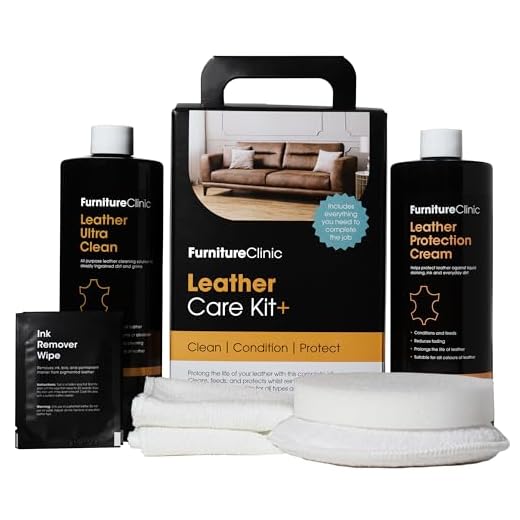


Leather is a luxurious material that adds sophistication and elegance to any room or outfit. However, it is essential to maintain and clean leather properly to preserve its beauty and extend its lifespan. Choosing the right cleaning method and products is crucial to avoid damaging this delicate material. In this ultimate guide, we will explore various techniques and tips to help you effectively clean and maintain your leather items.
One of the most important steps in leather cleaning is understanding the type of leather you are dealing with. Different types of leather require different cleaning methods and products. Genuine leather, bonded leather, and faux leather each have their unique characteristics and maintenance needs. Therefore, it is vital to identify the type of leather before beginning the cleaning process.
Regularly dusting leather items using a soft, dry cloth is an easy way to prevent the buildup of dirt and debris. However, for deeper cleaning, it is essential to use appropriate leather cleaning products. Avoid using harsh chemicals, such as ammonia or bleach, as they can damage the leather’s natural oils and cause discoloration. Instead, opt for mild, pH-neutral cleaners designed specifically for leather surfaces.
When applying a leather cleaner, always test it on a small, inconspicuous area first to ensure it does not cause any adverse effects. Gently rub the cleaner onto the leather using a soft cloth or sponge, making sure to follow the grain of the leather. Afterward, wipe away any excess cleaner with a clean cloth. To maintain the leather’s suppleness and prevent cracking, it is crucial to moisturize it regularly with a leather conditioner or cream.
By following these tips and guidelines, you can effectively clean and maintain your leather items, ensuring they remain beautiful and in excellent condition for years to come. Remember to always read and follow the manufacturer’s instructions and seek professional help if you are unsure about any specific cleaning methods. With proper care, your leather items will continue to stand the test of time, retaining their luxurious aesthetic and adding a touch of sophistication to your space.
How to Clean Leather:
1. Dusting Leather Regularly:
One of the essential steps in maintaining leather is to dust it regularly. Use a soft, dry cloth or a soft-bristle brush to remove dust and dirt from the surface.
2. Removing Stains:
If your leather has stains, use a mild soap or specialized leather cleaner. Apply a small amount of the cleaner to a damp cloth and gently rub the stained area. Avoid using excessive water, as it can damage the leather. Rinse the cloth and wipe off any residue.
3. Conditioning Leather:

Leather needs to be moisturized to stay in good condition. Apply a leather conditioner or a mixture of one part vinegar and two parts linseed oil to a soft cloth. Rub the conditioner into the leather in circular motions, covering the entire surface. Allow it to sit for a few minutes and then buff with a clean cloth.
4. Dealing with Mold and Mildew:
If you notice mold or mildew on your leather, it’s important to address it quickly. Mix equal parts water and rubbing alcohol. Dampen a cloth with the solution and gently wipe the affected areas. Make sure to dry the leather thoroughly afterward to prevent further mold growth.
5. Preventing Fading:

Direct sunlight can cause leather to fade over time. Keep your leather furniture or items away from windows or use UV-protective curtains or blinds. If fading occurs, you can use leather dye or color restorer to revive the color.
6. Storage:
When storing leather items, make sure they are clean and dry. Use a breathable cover and avoid placing heavy objects on top. Keep leather items in a cool, dry place to prevent mold and mildew.
7. Professional Cleaning:
Sometimes, professional cleaning is necessary, especially for deep stains or delicate leather items. Consider hiring a professional leather cleaner to ensure your leather is properly cleaned and conditioned.
- Dust leather regularly with a soft cloth or brush
- Remove stains using a mild soap or specialized leather cleaner
- Condition leather to keep it moisturized
- Address mold and mildew promptly with a mixture of water and rubbing alcohol
- Prevent fading by keeping leather away from direct sunlight
- Store clean and dry leather items in a breathable cover
- Consider professional cleaning for deep stains or delicate leather
The Ultimate Guide for Leather Cleaning
Introduction
Leather is a durable and luxurious material that requires special care to maintain its beauty and longevity. Whether you have leather furniture, clothing, or accessories, regular cleaning is essential to keep them looking their best. In this ultimate guide, we will provide you with step-by-step instructions on how to clean leather effectively.
1. Gather the Necessary Supplies
- Soft cloths or microfiber towels
- Mild soap or leather cleaner
- Distilled water
- Leather conditioner
- White vinegar
- Lint roller or vacuum cleaner
2. Preparing the Leather
Start by removing any loose dirt, dust, or debris from the surface of the leather. Use a lint roller or a vacuum cleaner with a soft brush attachment to gently remove the particles.
3. Testing on a Small Area
Before cleaning the entire surface, it’s important to test the cleaning product or solution on a small, inconspicuous area of the leather. This will help you determine if the product is suitable and doesn’t cause any discoloration or damage.
4. Cleaning the Leather
- Mix a small amount of mild soap or leather cleaner with distilled water.
- Dampen a soft cloth or microfiber towel with the cleaning solution.
- Gently wipe the leather in circular motions, focusing on any stained or soiled areas.
- Be careful not to saturate the leather or rub too vigorously, as this may cause damage.
- Rinse the cloth or towel and wipe away any soap residue.
5. Removing Stains
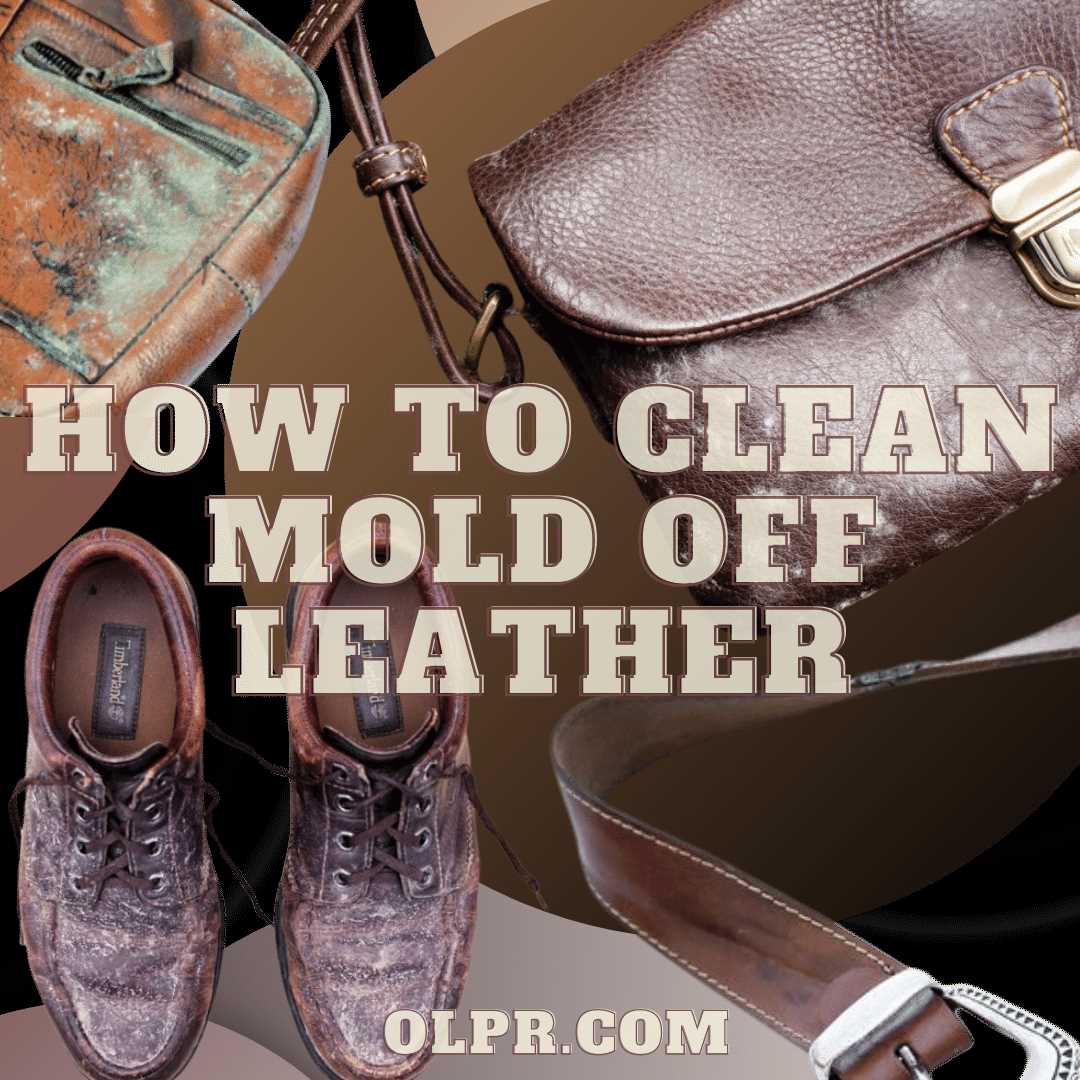
If there are any stubborn stains on the leather, you may need to use a specialized stain remover or a mixture of equal parts white vinegar and distilled water. Apply the solution to the stain using a clean cloth, and gently blot until the stain is lifted.
6. Drying the Leather
After cleaning, allow the leather to air-dry naturally. Avoid using heat sources such as hair dryers or direct sunlight, as they can cause the leather to become dry and brittle.
7. Conditioning the Leather
Once the leather is dry, apply a leather conditioner to restore its natural oils and keep it supple. Follow the instructions on the conditioner’s label and use a clean cloth to apply it in circular motions.
8. Regular Maintenance
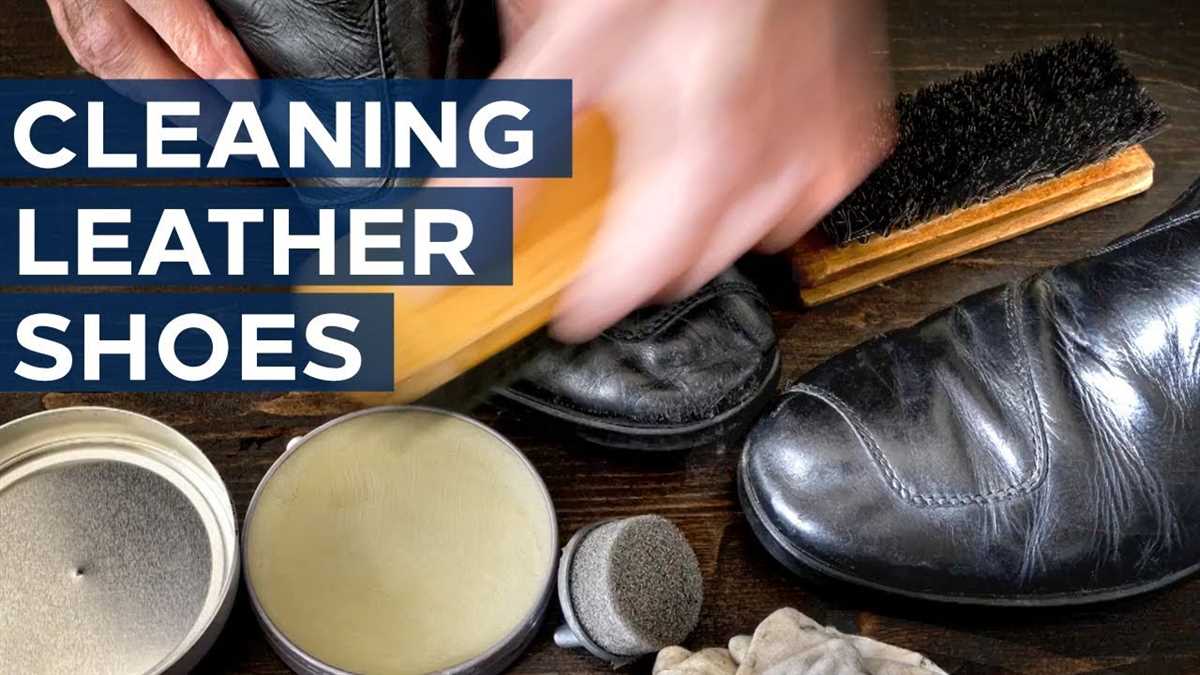
To keep your leather looking its best, regularly dust or vacuum it to remove any dirt or debris. Avoid using harsh cleaners or abrasive materials, as they can damage the leather. Additionally, avoid exposing the leather to direct sunlight or extreme temperatures, as it can cause fading or cracking.
Conclusion
By following these steps and maintaining a regular cleaning routine, you can ensure that your leather items stay clean, soft, and beautiful for years to come. Remember to always test any new cleaning products on a small area and consult a professional if you are unsure about how to clean a specific type of leather.
Essential Tips for Leather Care and Maintenance
- Keep leather away from direct sunlight: Exposure to direct sunlight can cause leather to fade and dry out. It’s essential to avoid placing leather furniture or accessories in direct sunlight to preserve their color and condition.
- Remove dust and debris regularly: Use a soft brush or a slightly damp cloth to remove dust from leather surfaces. Regular cleaning helps prevent dust and dirt from settling into the leather grain.
- Use a leather cleaner: Invest in a good-quality leather cleaner and follow the manufacturer’s instructions for application. Gently wipe the cleaner onto the leather using a soft cloth or sponge. Avoid using harsh chemicals or abrasive materials that can damage the leather.
- Condition the leather: Leather can dry out over time, leading to cracks and stiffness. Applying a leather conditioner helps replenish moisture and keeps the leather soft and supple. Follow the instructions on the conditioner and apply it evenly with a clean cloth.
- Protect leather from spills: Accidental spills can stain leather if not cleaned up promptly. Use a clean cloth to blot up any liquid spills immediately. Avoid using excessive water or rubbing, as this can cause the stain to spread or damage the leather.
- Store leather items properly: When not in use, store leather items in a cool, dry place. Avoid exposure to extreme temperatures or humidity, as this can cause the leather to crack or mold. Use a breathable cover to protect leather furniture from dust and scratches.
- Avoid using sharp objects on leather: Be careful not to use sharp objects or metal utensils directly on leather surfaces. They can scratch or cut the leather, causing permanent damage.
- Do a spot test: Before applying any cleaning or conditioning products to the entire leather surface, always perform a spot test in an inconspicuous area. This helps ensure that the product doesn’t cause any discoloration or damage to the leather.
- Seek professional help for stubborn stains or damage: If you’re unsure or hesitant about dealing with stubborn stains or significant damage to your leather items, it’s best to seek professional help. Leather experts have the knowledge and tools to handle such situations without risking further damage to the leather.
Step-by-Step Instructions for Cleaning Leather Furniture
Gather the Cleaning Supplies
Before you start cleaning your leather furniture, make sure you have all the necessary supplies. Here’s what you’ll need:
- Mild leather cleaner
- Soft, non-abrasive cloths
- Distilled water
- Leather conditioner
- Vacuum cleaner with brush attachment
Prepare the Furniture
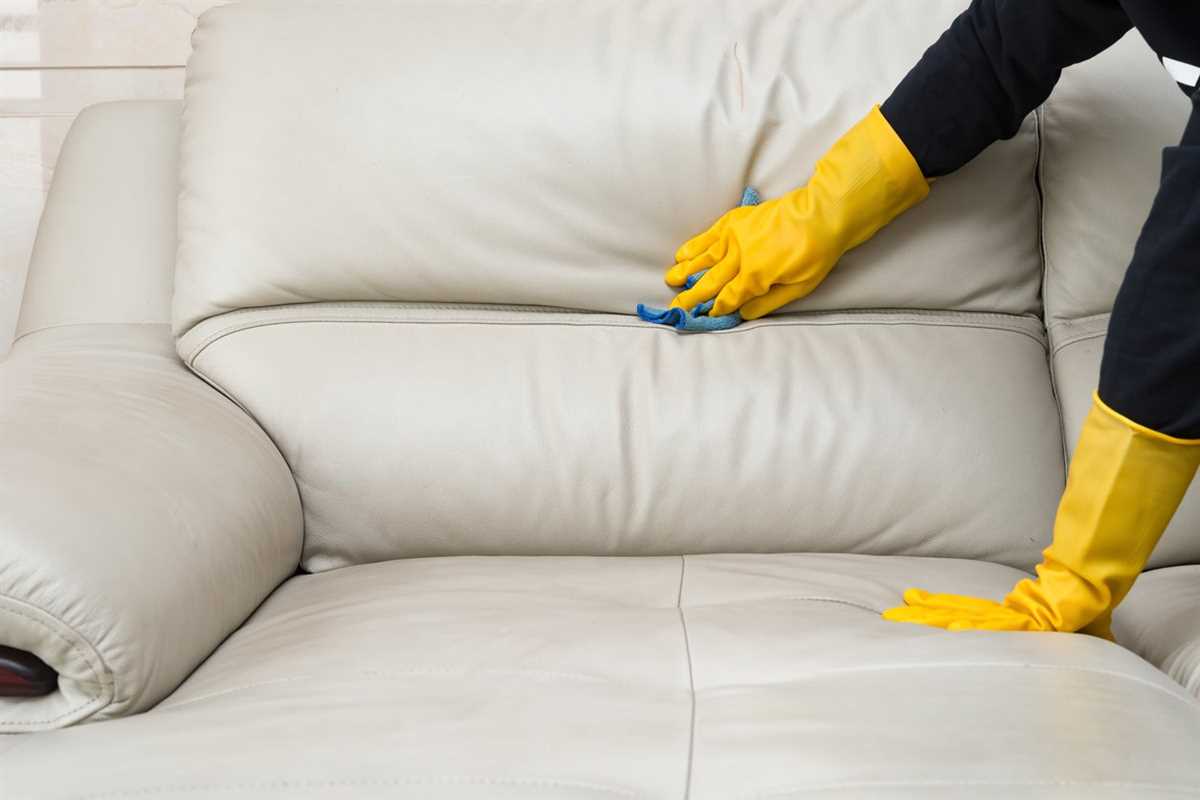
Before applying any cleaning solutions, it’s important to prepare the leather furniture:
- Remove any debris or loose dirt from the surface using a vacuum cleaner with a brush attachment. Be gentle to avoid scratching the leather.
- Test the cleaner on a small, inconspicuous area of the furniture to make sure it doesn’t cause any damage or discoloration.
Clean the Leather
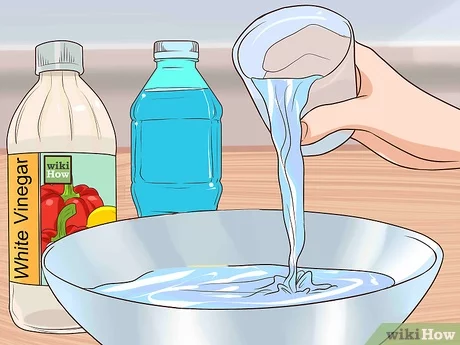
Now it’s time to clean the leather furniture:
- Apply a small amount of mild leather cleaner to a soft, non-abrasive cloth.
- Gently wipe the leather surface in small circular motions, focusing on any areas that are stained or dirty.
- Continue cleaning the entire surface of the furniture, ensuring that you don’t oversaturate the leather with cleaning solution.
- If there are tough stains, you may need to apply a bit more cleaner and gently scrub the area with a soft brush.
- Once you have finished cleaning, use a clean cloth dampened with distilled water to wipe away any residue.
Condition the Leather
After cleaning, it’s important to condition the leather to keep it moisturized and prevent drying:
- Apply a small amount of leather conditioner to a clean cloth.
- Gently rub the conditioner onto the leather surface using circular motions.
- Make sure to cover the entire surface of the furniture, paying extra attention to areas that are prone to drying or cracking.
- Allow the conditioner to penetrate the leather for the recommended amount of time specified on the product label.
Finish and Maintain the Leather
Once the leather furniture is clean and conditioned, follow these steps to maintain its appearance:
- Remove any spills or stains as soon as possible using a clean cloth.
- Dust or vacuum the furniture regularly to prevent dirt buildup.
- Avoid placing the furniture in direct sunlight, as it can cause fading and drying of the leather.
- Use leather protectant products to add an extra layer of protection to the furniture.
- Follow the manufacturer’s instructions and recommended cleaning schedule for long-term maintenance.
By following these step-by-step instructions, you can effectively clean and maintain your leather furniture, keeping it looking beautiful for years to come.
Effective Techniques for Removing Stains from Leather
1. Blotting Method
If you notice a fresh stain on your leather item, it’s important to act quickly to prevent the stain from setting in. Use a clean, dry cloth or paper towel to blot the stain gently. Avoid rubbing the stain, as this may spread it further.
2. Mild Soap and Water
If the stain persists, you can try using a mild soap and water solution. Mix a small amount of mild liquid soap with warm water in a bowl. Dip a clean cloth into the soapy water, wring out the excess moisture, and gently blot the stain. Rinse the cloth with clean water and repeat the process until the stain is no longer visible.
3. Leather Cleaner

If the stain is particularly stubborn, you may need to use a commercial leather cleaner. Follow the instructions provided on the cleaner’s packaging to apply it to the stain. Use a clean cloth or sponge to gently work the cleaner into the stain, being careful not to saturate the leather. Wipe away any excess cleaner with a clean, damp cloth.
4. Vinegar and Water
If you prefer a natural approach, you can use a mixture of vinegar and water to remove stains from leather. Mix equal parts white vinegar and water in a bowl. Dampen a clean cloth with the vinegar solution and gently blot the stain. Rinse the cloth with clean water and repeat the process until the stain is gone. Finish by wiping away any remaining vinegar with a clean, damp cloth.
5. Baking Soda
Baking soda can be used to absorb fresh oil-based stains from leather. Sprinkle a small amount of baking soda onto the stain and let it sit for a few hours or overnight. Gently brush away the baking soda with a soft brush or cloth. If necessary, repeat the process until the stain is completely removed.
6. Leather Conditioner
After removing the stain, it’s important to hydrate and protect the leather. Apply a leather conditioner to a clean cloth and gently massage it into the leather in circular motions. This will help to restore the leather’s natural oils and prevent it from drying out or cracking.
7. Professional Assistance
If you’re unsure about removing a stubborn or delicate stain from leather, it’s best to seek professional assistance. Leather repair experts have the necessary knowledge and equipment to tackle tough stains without causing damage to the leather surface.
Remember, always test any cleaning method or solution on a small, inconspicuous area of the leather before applying it to the stain. This will help you ensure that the cleaner or method doesn’t adversely affect the leather’s appearance or texture.
By using these effective techniques for removing stains from leather, you can keep your leather items looking clean and beautiful for years to come.
Proper Leather Cleaning Products and Tools for Best Results
Properly cleaning leather requires the right products and tools to ensure the best results. Using the wrong products can damage the leather, so it’s important to choose carefully. Here are some recommended cleaning products and tools for cleaning leather:
1. Leather Cleaner
Start by using a leather cleaner specifically designed for cleaning leather. Avoid using harsh chemicals or household cleaners, as they can strip away the natural oils and cause the leather to dry out and crack. Look for a gentle leather cleaner that is pH-balanced and doesn’t contain any harsh ingredients.
2. Soft Cloths
When cleaning leather, always use soft cloths to avoid scratching or damaging the surface. Microfiber cloths are a good choice, as they are soft and lint-free. Avoid using abrasive materials like brushes or rough sponges, as they can damage the leather.
3. Leather Conditioner
After cleaning the leather, it’s important to condition it to keep it soft and supple. Choose a leather conditioner that is specifically formulated for the type of leather you’re cleaning. Apply the conditioner with a soft cloth and buff it into the leather in circular motions. This will help to restore any lost moisture and protect the leather from drying out.
4. White Vinegar Solution
If you’re dealing with stubborn stains or odors on leather, you can create a gentle cleaning solution using white vinegar. Mix equal parts white vinegar and water in a spray bottle, and lightly mist the solution onto the stained area. Gently blot the area with a soft cloth, being careful not to rub or scrub too hard. Rinse the area with clean water and dry it thoroughly.
5. Leather Brush
A soft-bristle leather brush can be used to gently brush away dirt and debris from the surface of the leather. This can help to prevent dirt from getting embedded in the leather and causing damage over time. Use the brush in gentle circular motions, and be careful not to apply too much pressure.
6. Protective Leather Spray
To help protect your leather furniture or accessories from future stains and spills, consider using a protective leather spray. These sprays create a barrier on the leather’s surface, making it easier to clean up spills and stains before they penetrate the leather. Follow the manufacturer’s instructions when applying the protective spray.
By using the proper cleaning products and tools, you can ensure that your leather stays clean, soft, and looking its best for years to come.
FAQ
What are the common methods for cleaning leather?
The common methods for cleaning leather include using a mild soap and water solution, using commercial leather cleaners, and using natural cleaners such as vinegar and olive oil.
Can I use regular household cleaners to clean leather?
No, regular household cleaners may contain harsh chemicals that can damage leather. It is best to use cleaners specifically designed for leather cleaning.
How often should I clean my leather items?
The frequency of cleaning leather items depends on the level of use and exposure to dirt and stains. It is recommended to clean leather items at least once every six months, or more frequently if needed.
What should I do if my leather item gets stained?
If your leather item gets stained, you should act quickly and blot the stain with a clean cloth. Avoid rubbing the stain, as it may spread. If the stain persists, you can try using a mild soap and water solution or a commercial leather cleaner specifically designed for stain removal.













